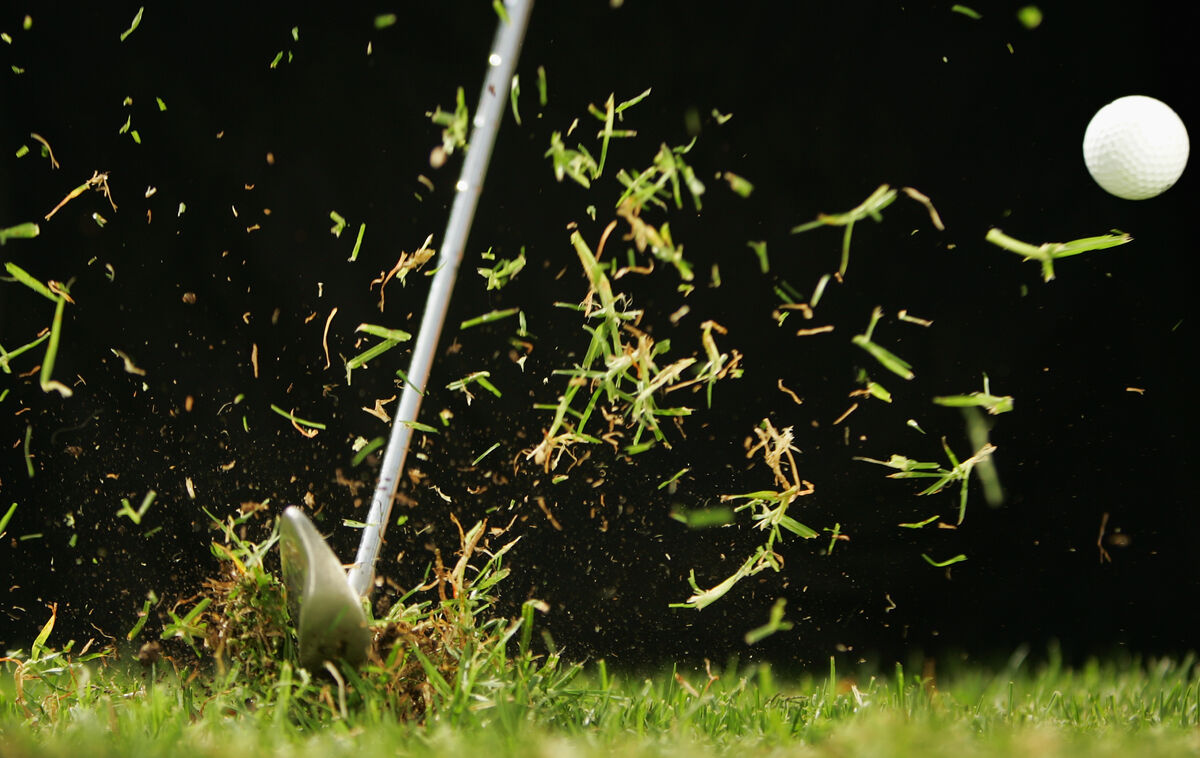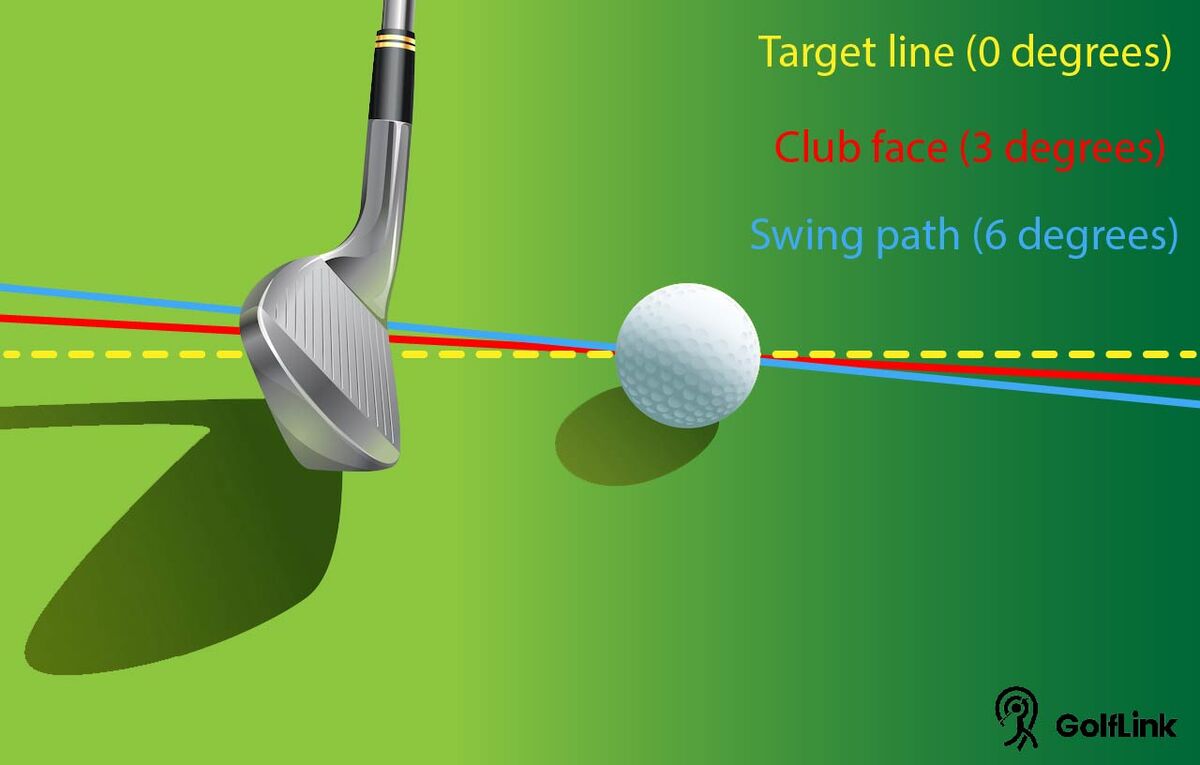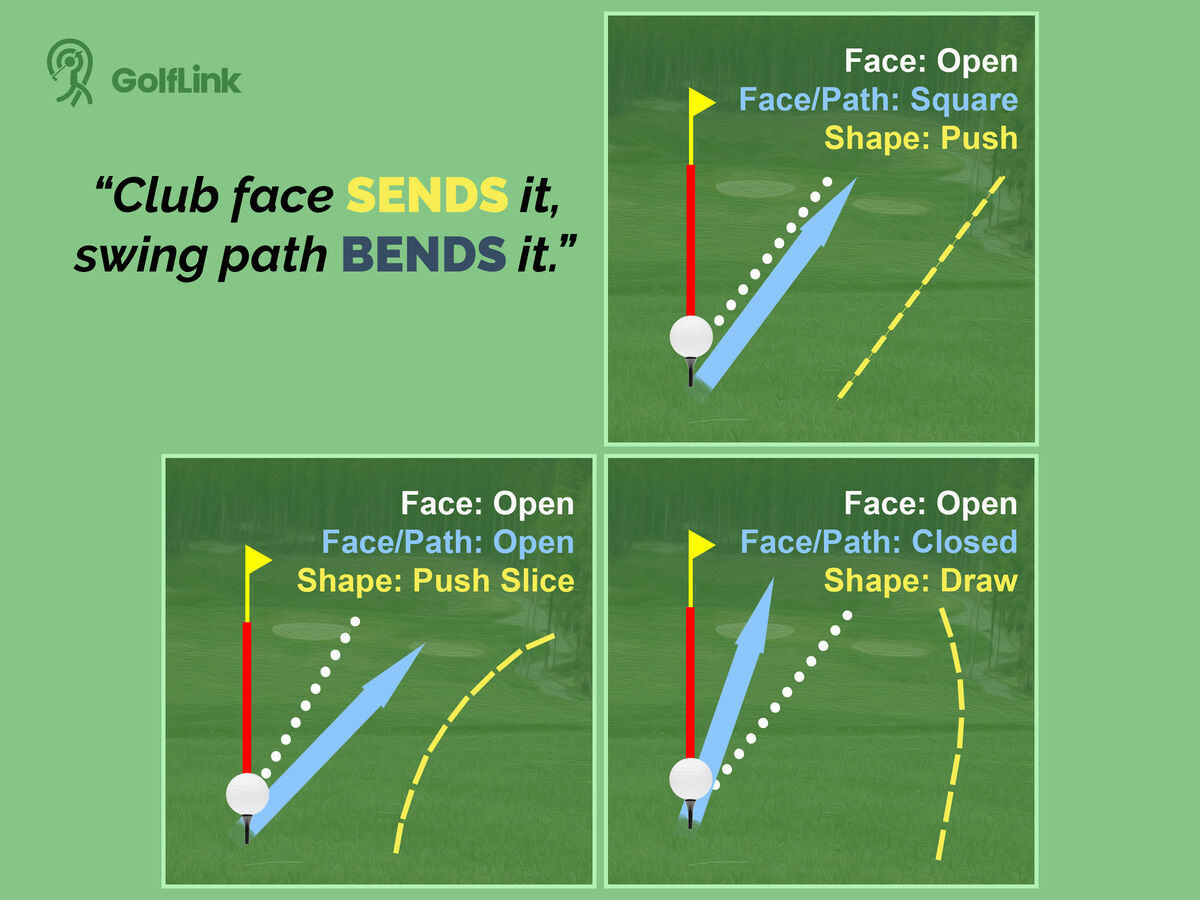Golf's Ball Flight Laws: Learn From Every Shot You Hit

Golfers often ask themselves one question in disappointment after a frustratingly bad shot that they just can't explain.
"Why?!"
That's why golf's ball flight laws are incredibly important. Taking simple notes of what direction and curvature your ball has can teach you all you need to know about your swing and flaws, but only if you know what to look for. Using this information, you can work towards a tighter dispersion, more distance, and lower scores.
What are Ball Flight Laws?
Scientific laws explain a range of results, and golf’s ball flight laws are no different. They are the result of repeated testing to determine why and how a golf ball travels the way it does, and what happened through impact to generate that result. Through these proven ball flight laws, you can determine why you slice or hook the ball, push or pull it, or even hit it straight, or with a beautiful draw or fade.
Golf's (New) Ball Flight Laws
The invention and advancement of Trackman and other launch monitors changed the way professionals teach the game and how manufacturers build golf clubs. With a Trackman unit set up behind a player, Doppler Radar is used to produce over 4,000 data points in tenths of a second.
With this data, a new way of looking at flight laws was born. The new approach tells us that the club face position at impact is responsible for 85% of what happens after impact. Of course, clubhead speed, angle of attack, other aspects are still important, but the angle at which your golf club makes contact with the golf ball in relation to your target is head and shoulders the most important.
With this information and proof that the club’s path is significantly less important than previously believed (more on that later), it’s easy to see why professionals such as Jim Furyk and Matthew Wolff can have so much success with unconventional golf swings.
Your Three Lines
Here's a simple way to understand golf's ball flight laws and how they affect your ball flight. Imagine a few lines. First, your target line which intersects your target and the ball. A second line that's perpendicular to your club face, and a third line that traces your club head's path through impact. The relationship between these three lines dictates your ball flight. Here's how.

Yellow target line, red face angle line, and blue swing path line
Target Line
Picture a red line that goes from your golf ball to your intended target. This is your target line, and it's the only one of the three lines that does not vary.
Club Face Line
Picture a green line that’s perpendicular to your club face. The angle created by this line and your target line is your face angle, and your face angle dictates the line on which your ball starts. This is what's responsible for 85% of your shot's accuracy.
If that perpendicular line from your club face points directly at your target at impact, your face is square. If your club face is open or closed to your target, your ball will start offline. What happens next depends on the relationship between your swing path and face angle.
Swing Path Line
Finally, picture a blue line that traces the path of your club head through impact. The relationship between your path and your face angle determines what type of curvature your shot will have. If your club face is closed in relation to your path at impact, the ball will curve in the opposite direction of your dexterity. For example, a right-handed player whose club face is closed to their path at impact will hit the ball to the left, resulting in either a draw, hook, or pull hook depending on their face angle in relation to the target.
Simple enough, right? To make it even simpler, here's a visual with each of the three ball flight possibilities that could result from an open club face (in relation to your target) at impact. The red line that bisects the ball and the flag is the target line, which as previously stated, does not move. The rest is determined by how the club is delivered at impact. When you factor in a square or closed club face, you end up with the nine possible ball flights.
Nine Ball Flights

Here's a breakdown of what ball flight each face angle and face-to-path angle combination produces.
| Face (to target) | Face-to-Path | Shape |
| Open | Open | Push Slice |
| Open | Square | Push |
| Open | Closed | Draw |
| Square | Open | Slice |
| Square | Square | Straight |
| Square | Closed | Hook |
| Closed | Open | Fade |
| Closed | Square | Pull |
| Closed | Closed | Pull Hook |
The larger the gap is between your face angle and club path, the more severe the spin and shot result will be. For golfers working towards a draw or a baby cut, those angles must be slim and close to the red target line. For example, to hit a draw, a player may aim for a face that's six degrees open to their target and three degrees closed to their path. These are pretty precise numbers and require a good amount of skill to execute repeatedly. Simply striking the ball with a club face that's open to your target and closed to your path doesn't guarantee that your shot will land near your target.
Old School Thinking
If these concepts seem backwards to you, perhaps you learned the game in the pre-launch monitor era, or from an instruction who did. For decades, instructors credited swing path for the ball's starting line and face angle for curve. That was until Trackman and other launch monitors proved that theory to be backwards. With this old way of thinking, a lot of emphasis was placed on club path before it even came close to making impact with the golf ball.
Useful Training Aid
If you want to hone your face angle, one very useful training aid is a magnetic alignment stick. The stick attaches to your club face via a magnet and gives you instant feedback on how your club face relates to your target line. For less than $25 you can get an instant visual of what your “red line” looks like.
Conclusion
Improving your golf swing may seem like an endless journey, and with there being no such thing as perfection, it basically is. Along the way, it’s important to pick up on keys that significantly help your game if you just give them a little practice time. By understanding why your golf ball flight is flying in the shape that it does, you can quickly make corrections in your swing and improve faster.